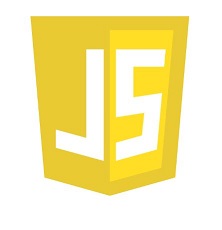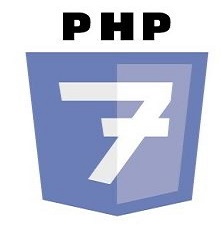HTML (Hyper Text Markup Language)
HTML (Hyper Text Markup Language) is a language for specifying how text and graphics appear on a web page
- When you visit a web site (e.g., www.google.com) your web browser retrieves the HTML web page and renders it
- The HTML page is actually stored on the computer that is hosting the web site and the page is sent to your browser
- To see what HTML looks like go to your web browser Viewmenu and select View Source
- HTML is a textual language that includes
special markup tags such as:
- <title> Bobís Diner </title></li></ul></li>
The title tag specifies a title for the web page
- HTML code is stored in a simple text file that has either a .htmor a .htmlfilename extension (e.g., restaurant.html)
What is HTML5?
HTML5 is the latest standard for HTML. The previous version of HTML, HTML 4.01, came in 1999, and the internet has changed significantly since then. HTML5 was designed to replace both HTML 4, XHTML, and the HTML DOM Level 2. It was specially designed to deliver rich content without the need for additional plugins. The current version delivers everything from animation to graphics, music to movies, and can also be used to build complicated web applications.
HTML5 - New Features
HTML5 introduces a number of new elements and attributes that helps in building a modern websites. Following are great features introduced in HTML5.
- New Semantic Elements: These are like <header>, <footer>, and <section>.
- Forms 2.0: Improvements to HTML web forms where new attributes have been introduced for <input> tag.
- Persistent Local Storage: To achieve without resorting to third-party plugins.
- WebSocket : A a next-generation bidirectional communication technology for web applications.
- Server-Sent Events: HTML5 introduces events which flow from web server to the web browsers and they are called Server-Sent Events (SSE).
- Canvas: This supports a two-dimensional drawing surface that you can program with JavaScript.
- Audio & Video: You can embed audio or video on your web pages without resorting to third-party plugins.
- Geolocation: Now visitors can choose to share their physical location with your web application.
- Microdata: This lets you create your own vocabularies beyond HTML5 and extend your web pages with custom semantics.
- Drag and drop: Drag and drop the items from one location to another location on a the same webpage.







